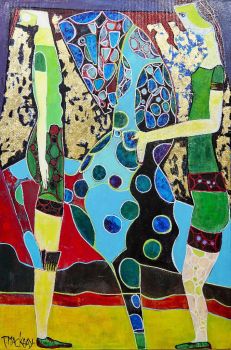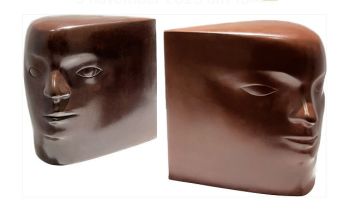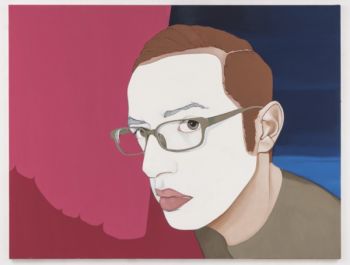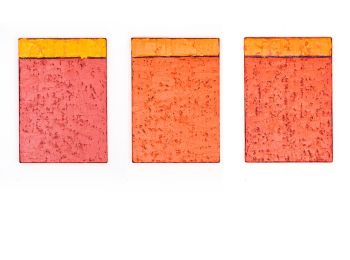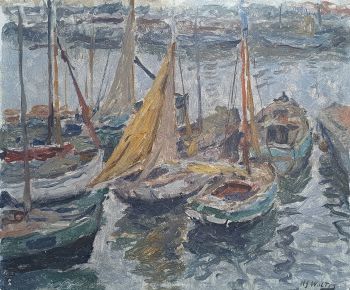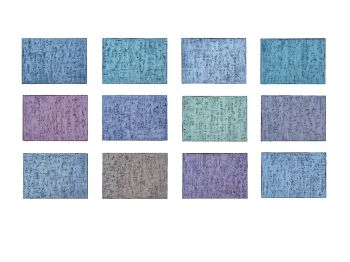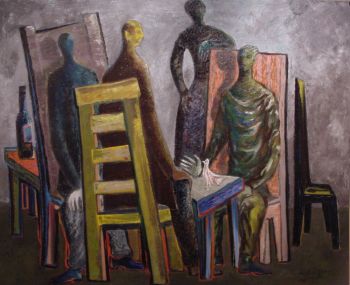How to recognize figurative art?
In this article we will focus on 'figurative art'. How can you recognize figurative art, what are its main characteristics and how does figurative art differ from other styles? And which types are actually distinguished within figurative art? We try to clarify this further with examples of artworks. And finally, we show you what figurative works of art are for sale in renowned galleries.
What is figurative art really?
To get straight to the point, we can quite simply define figurative art as all works of art that portray something recognizable from reality. That 'something' can be anything, for example a person, an animal, a building, a landscape or a still life. Figurative art therefore tries to portray something recognizable from reality, but this does not necessarily mean an 'exact' approach to reality.
 Figurative painting by Paul Hugo ten Hoopen, La Ciotat (1988)
Figurative painting by Paul Hugo ten Hoopen, La Ciotat (1988)
The figurative art versus realism
Figurative art is considered part of realism. The big difference is that realism mainly strives to imitate reality as precisely as possible. Aristotle stated that a work of art increases in beauty the better it imitates reality. This was also often the perception of art from the past, the 'real' or more realistic the image the better it was viewed. Take, for example, the work of Johannes Vermeer, The Music Lesson (1662), in which with the help of aids such as a 'camera obscura' was painted almost in a photographic way, in the painting below pay particular attention to the depth, the shadows, the light and the reflections of it painted.
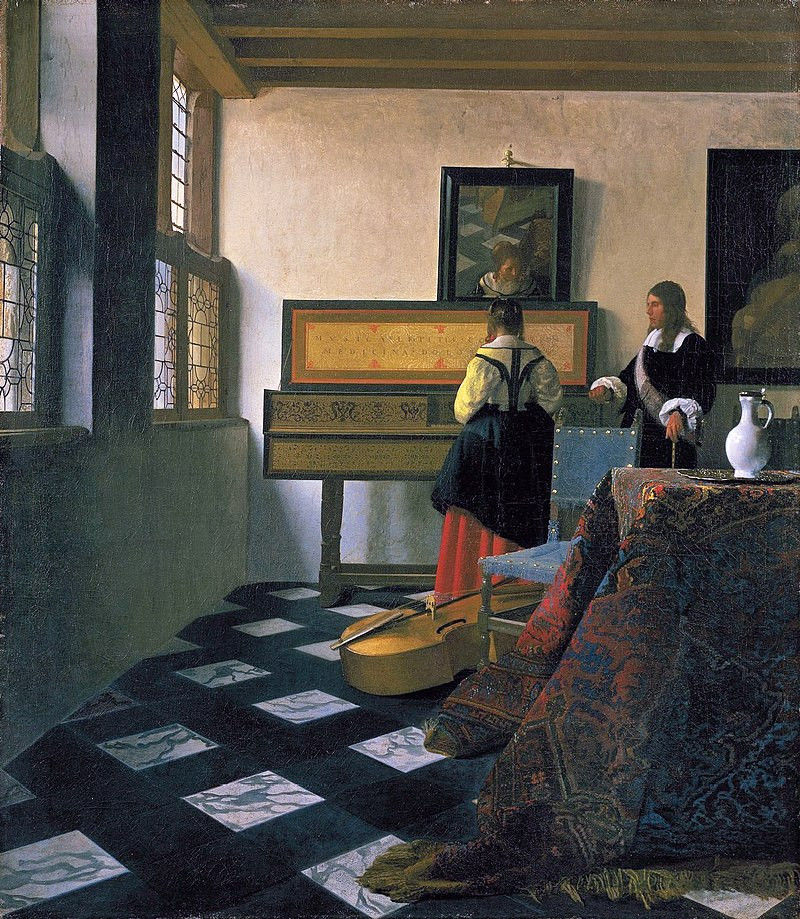 Example of a realistic painting, Johannes Vermeer, The Music Lesson (1662)
Example of a realistic painting, Johannes Vermeer, The Music Lesson (1662)
When did figurative art originate?
We can say that around the advent of photography around 1850, the desire that good art corresponded to imitating reality as closely as possible disappeared. After all, the photo was an ideal and relatively simple way to accurately capture this reality. At the end of the 19th century, people increasingly appreciated art for the effect it had on others, rather than for the accurate imitation of reality. New art movements emerged such as impressionism, cubism, fauvism, abstract art and surrealism. With these 'new art movements' especially the moment, the movement, the feeling and the emotion were portrayed by using colors and shapes that deviated from reality and did something with the feeling of the receiver.
Figurative art and abstract art
Figurative art is also seen as the opposite of abstract art, also called 'non-figurative'. You cannot recognize the subject in abstract art. With abstract art it is purely about giving the kiker a certain feeling by using certain colors or shapes. The effect of abstract art is often that everyone sees or feels something different in it. Abstract art is therefore not so much about what you see, but about what it evokes in you.
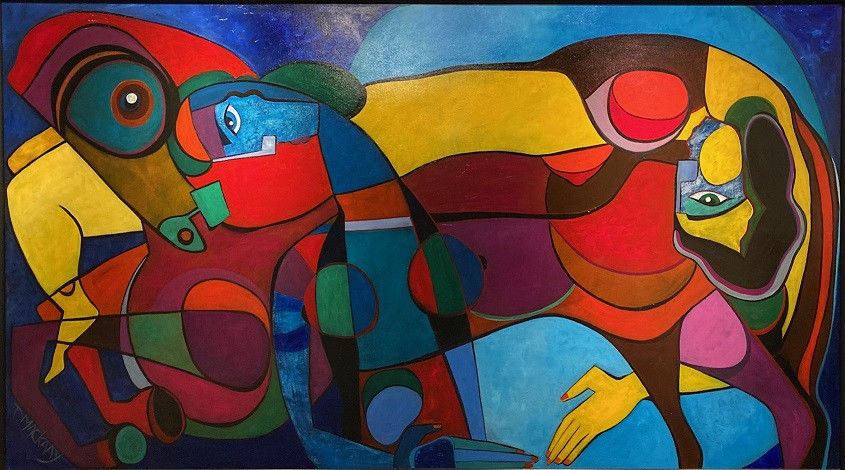 Figurative painting 'Menage a Trois' by Theo Mackaay
Figurative painting 'Menage a Trois' by Theo Mackaay
Interested in viewing more figurative or abstract art? Then view our extensive collection of high-quality works of art from the most famous galleries on Gallerease!
* Image in the header is a figurative work (pastel and chalk on paper) by Leo Gestel 'L'Écuyère' from 1926








